- The Distilled Download
- Posts
- Does erythritol damage your brain cells?
Does erythritol damage your brain cells?
Recent headlines about a new study say yes. The real answer Needs Nuance
This article was just published on my new Substack. I’ll still be sending out my usual periodic emails here, but going forward, more of my long-form writing will kept over there.
TL;DR: Headlines overstate risk. The study found that erythritol can cause problems in brain cells in petri dishes when exposed to levels far higher than those that would occur from normal, moderate consumption of sweetened treats. We don’t know if there is a causal link between regular consumption and increased risk.

A flurry of recent news headlines say that the sweetener erythritol “damages brain cells” and raises stroke risk, based on a new study from the University of Colorado Boulder. But is it time to throw away your erythritol-containing low-calorie ice creams, chocolates, and protein bars, or is this just another example of journalists blowing scientific research out of proportion, using fear tactics to sell headlines?
To answer that, we need to critically examine the research itself: its strengths, its weaknesses, and most importantly, how likely its findings are to apply to a normal, healthy person.
But first, for those who want some background:
What is Erythritol?
Erythritol might sound like a chemical cooked up in a weirdly lit lab, but this sugar substitute is found naturally in some fruits and fermented foods, and has quietly become one of the food industry's favorite sweeteners since scientists figured out how to mass-produce it using microbes in the 1990s. Today, you'll find it in everything from low-calorie ice creams and chocolates to "sugar-free" baked goods.
What makes erythritol so popular among food manufacturers? For starters, it doesn't cause the digestive drama that some other sugar alcohols do—most people can handle up to about 70 grams per day (that's roughly 1 gram per kilogram of body weight) without running to the bathroom. Unlike sugar, erythritol doesn't spike your blood glucose or insulin levels, making it appealing for people managing diabetes or trying to lose weight. It also has some potential antioxidant properties and tastes remarkably similar to regular sugar, which explains why food companies often blend it with other artificial sweeteners. It’s roughly 80% as sweet as sugar for a similar volume, making it perfect for direct sugar substitution in many recipes (often combined with ingredients like monk fruit or stevia to achieve a full 1-to-1 match). I sometimes use it in my Ninja Creami to make low-sugar, high-protein ice-creams and sorbets.
Both the FDA and European Union have given erythritol their safety stamp of approval, labeling it "generally recognized as safe" based on short-term animal studies and human trials lasting up to four weeks. The World Health Organization has even stated that there's no specific limit on daily consumption. Interestingly, your body naturally produces tiny amounts of erythritol, and it occurs in some foods, albeit at levels approximately 1,000 times lower than those added to processed products.
Recent Updates: Does Erythritol Cause Heart Disease?
In 2023, the Cleveland Clinic published a study that looked at three groups of people across the US and Europe, with a total of around 4,000 people and found that those with higher levels of erythritol circulating in their blood were almost twice as likely to experience a major cardiovascular event like a heart attack or stroke in the subsequent three years.
This paper produced a lot of scary headlines.
However…
That paper did NOT ask participants about their consumption of erythritol, artificial sweeteners in general, or any other aspect of their diets.
And we know that the body can naturally produce erythritol via the pentose phosphate pathway, and that natural erythritol levels are actually a predictor of diabetic retinopathy (meaning that even when controlling for diabeties, erythritol levels can indicate something else going on).
It is therefore possible that elevated levels of naturally produced erythritol are a sign of an improperly functioning cardiovascular system rather than a causative factor brought on by increased dietary consumption.
There were other issues with that study, which we can cover at a later point if you guys want, but another significant one was that they didn’t have any good proposed mechanism for why elevated erythritol levels would cause cardiovascular disease.
This is the question that the authors of this new study set out to answer.
The New Study:
Methods
This was an in vitro study in which researchers cultured human brain cells in a petri dish and exposed them to a concentration of erythritol designed to mimic the level found in human blood after consuming a sweetened beverage. They then measured many aspects of the cells’ function, focusing on antioxidant systems and markers of blood vessel dilation or constriction.
Results
The study found that this dose of erythritol caused a trio of adverse effects: it increased damaging oxidative stress, it shifted the balance toward vessel constriction by reducing nitric oxide and increasing endothelin-1, and it crippled the cells' ability to release t-PA, the body's primary clot-busting enzyme. These aren't random effects; they are all well-established pathological pathways known to contribute to vascular disease and stroke.
This is the level of detail that you could find in most of the articles discussing this study, and if we stopped there, then you’d probably be worried about your erythritol-containing treats.
But let’s put on our science hats and take a closer look.
Why This Study ISN’T A Smoking Gun
Two main categories of problems with this study limit how applicable its results are to our everyday lives. The first is pretty obvious in character, and is often mentioned at least in passing, but the second is something you would only see when analyzing the study with a comedically-sized magnifying glass.
Problem #1: In Vitro = A Petri Dish
The researchers used primary human cerebral microvascular endothelial cells (hCMECs). These are the type of cells that form the lining of the smallest blood vessels in the human brain. If you want to study the risk of stroke, these are the cells you want to look at. But the way that these cells function outside of the human body is very different than when inside of it.
A Dish is Not a Body: The most crucial limitation is that this was an in vitro study. Cells in a culture dish are isolated from the incredibly complex environment of a living organism. They lack the systemic metabolism, hormonal signals, and interactions with other organs that occur in the human body.
Missing Cell-to-Cell Chatter: In the brain, endothelial cells don't work alone. They are part of a "neurovascular unit," constantly communicating with neighboring cells like astrocytes and neurons. These other cells could potentially buffer or even worsen the effects of erythritol. This study, by its nature, could not account for that crosstalk.
No Blood Flow: The cells were grown in a static plate. They were not exposed to the constant physical force of blood flow (known as shear stress), which is a powerful signal that influences the health and function of blood vessel linings.
Acute vs. Chronic Exposure: The experiment modeled a single, acute exposure over a few hours. This tells us what happens right after you have a diet soda, but it can't tell us the effects of drinking one every day for years. It's possible that the cells could adapt, or, conversely, the damage could accumulate and worsen over time.
If what works (or doesn’t work) in isolated cell cultures could be directly translated into a functioning human body, we would have already cured cancer and unlocked the secret of living forever.
These types of studies are a necessary step in understanding mechanisms, allowing us to measure cellular activity in much greater detail than would be possible in a living human. Still, they should be treated as a scientific stepping stone rather than a foundation for shifting clinical recommendations (or fear-mongering headlines).
Problem #2: The Dosage Dilemma
The rule at the heart of all toxicology is “The dose makes the poison.” Any substance can kill us in large enough quantities, and even the deadliest substance known to man (probably antimatter?) won’t do much if it were only a single particle encountering our body.
Let’s break this down a bit further and specify a “cumulative dose,” as the product of the concentration our body is exposed to and the amount of time it’s exposed to it for.
For the study's results to apply to humans, the cumulative dose should mimic as closely as possible the exposure that human cells would normally experience when a person consumes erythritol. This is what the authors claimed to have done.
In the press release and news articles, they say:
To test impacts of erythritol on cells, researchers in the lab treated human cells that line blood vessels in the brain for three hours with about the same amount of erythritol contained in a typical sugar-free beverage.
This was likely based on the paper’s abstract, which states:
Human cerebral microvascular endothelial cells (hCMECs) were cultured and treated with 6 mM erythritol, equivalent to a typical amount of erythritol (30 g) in an artificially sweetened beverage, for 3 h.
“6mM” stands for 6 millimolar, which is a unit of concentration that means “.006 moles of solute per liter of solution.”
There are several problems here.
Problem 2a – The Timing Tangle
The press release and abstract of the paper state that the cells were exposed to a 6 mM concentration of erythritol for 3 hours. However, if we look at the text of the paper itself, we see that it says:
Thereafter, hCMECs were treated with regular media or media containing 6 mM erythritol (Cat. No. E7500; Sigma-Aldrich, St. Louis, MO), a dose equivalent to a typical amount of erythritol (30 g) in a single can of commercially available artificially sweetened beverage, for 24 h (n = 5 experimental units).
This is the only place in the paper where the exposure time is mentioned, and it is very clear that the cells were exposed to the erythritol for a full 24 hours, not the three hours listed in the abstract. I don’t know how this made it past peer review, but in cases like this where the abstract and the paper text conflict, the paper text always takes precedence.
Thinking back to our Cumulative Dose formula, the Exposure Time is now eight times larger than the abstract would have us believe.
But is this still comparable to what would happen inside a human?
Definitely not. Which brings us to the next problem.
Problem 2b – The Concentration Conundrum
Going further down the rabbit hole, to properly address the question of concentration requires breaking it into three distinct parts: typical consumption, human metabolism, and cellular concentrations.
Let’s return to a different part of the previous quote:
Thereafter, hCMECs were treated with regular media or media containing 6 mM erythritol (Cat. No. E7500; Sigma-Aldrich, St. Louis, MO), a dose equivalent to a typical amount of erythritol (30 g) in a single can of commercially available artificially sweetened beverage, for 24 h ****(n = 5 experimental units).
To emulate what would happen in the normal course of human erythritol consumption, the authors are making three claims:
Normal human erythritol consumption would be a can of artificially sweetened beverage containing 30 g erythritol.
Consuming this would result in a concentration of 6 mM in the human body.
This is the concentration that reaches the cells being tested.
How Much Erythritol Do We Actually Consume?
It makes sense that they would try to use a liquid soda as the baseline for high sweetener consumption, because that’s the easiest way we’re all accustomed to consuming large amounts of sugar. A can of Coke has 39g of sugar, and it’s easy to drink large quantities of–and is the reason why sugary beverages are likely the single biggest contributor to the obesity epidemic.
But erythritol is not sugar.
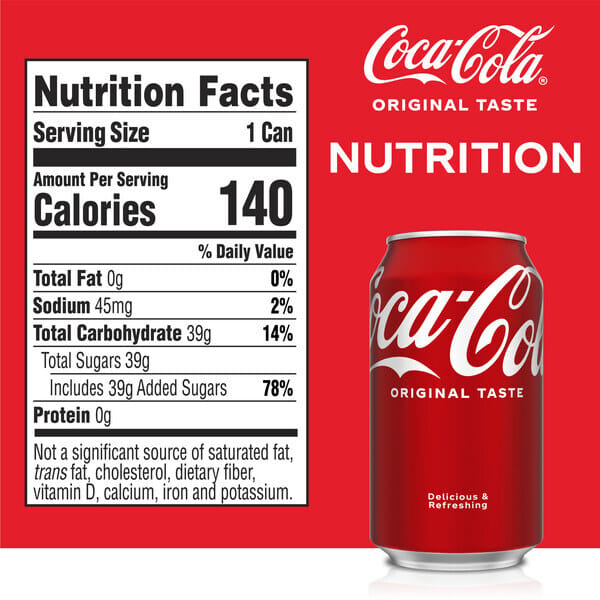
I tried hard to find any artificially sweetened beverages that contained 30 grams of erythritol per can, but I wholly failed.
All of the big diet soda brands use stevia, aspartame, sucralose, or acesulfame-K as sweeteners, not erythritol. This makes sense if you’ve ever tasted erythritol or tried to use it in your cooking or mixology (which I have).
Erythritol is sweet, but it also has an aftertaste that I would describe as being almost cool to the tongue–not the best of the artificial sweeteners. Its sweet spot is really for cases that need something of equal volume to sugar to substitute with, where that aftertaste isn't a big deal. This is usually ice cream, chocolate, and baked goods. For liquids, the volume doesn’t matter, and blends of the other sweeteners taste way better.
When drinks do use erythritol, they tend to have it in much lower quantities. The Bai antioxidant drinks have 5g of erythritol per 8oz serving, or 10g per bottle.
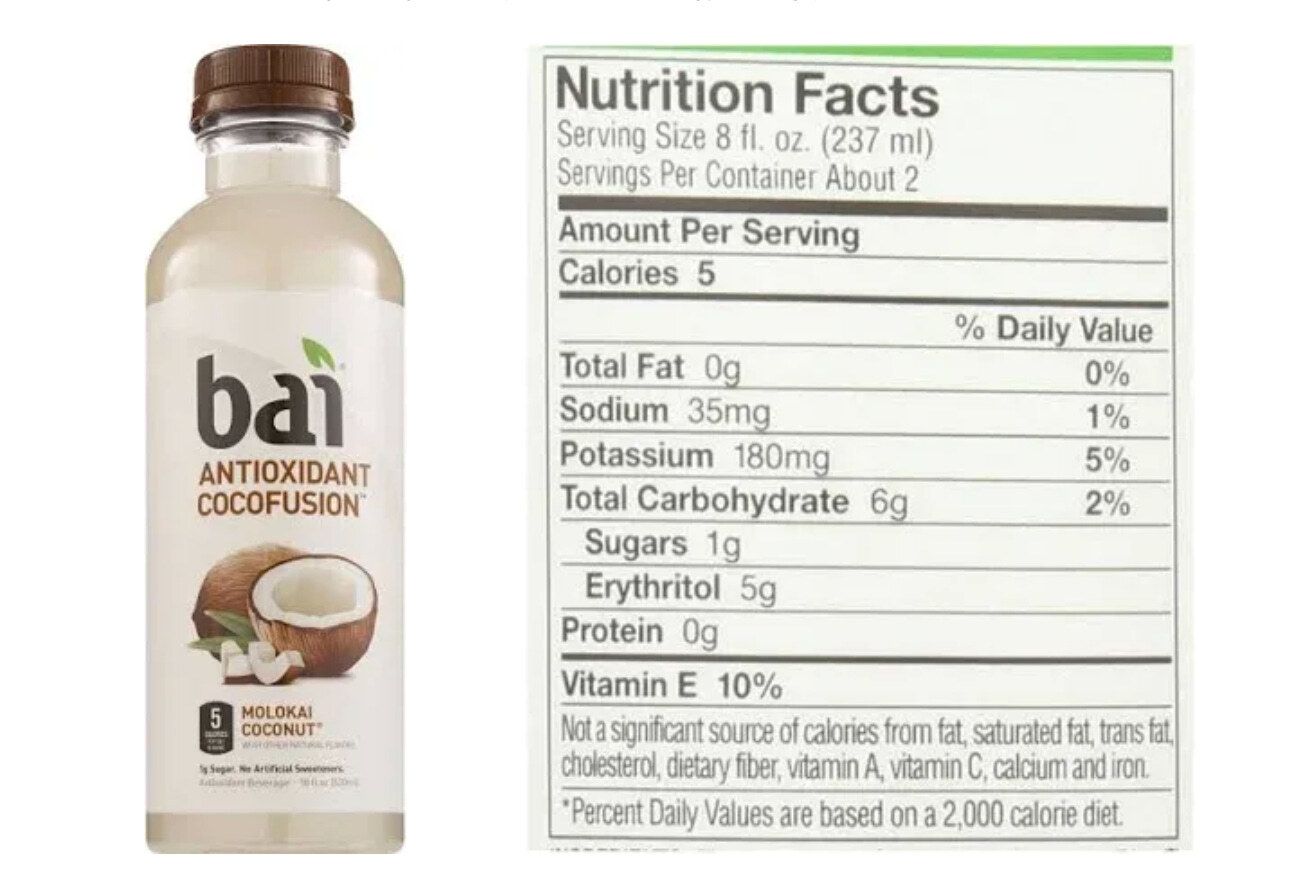
The only canned beverage I could find with erythritol was Reed’s Zero Sugar Ginger Beer, which has 12g erythritol per can. A far cry from 30g.

For people who add truvia to their coffee or other drinks, it does contain erythritol, but only 2g per packet. I doubt most people are going to be using 15 packets at a time.
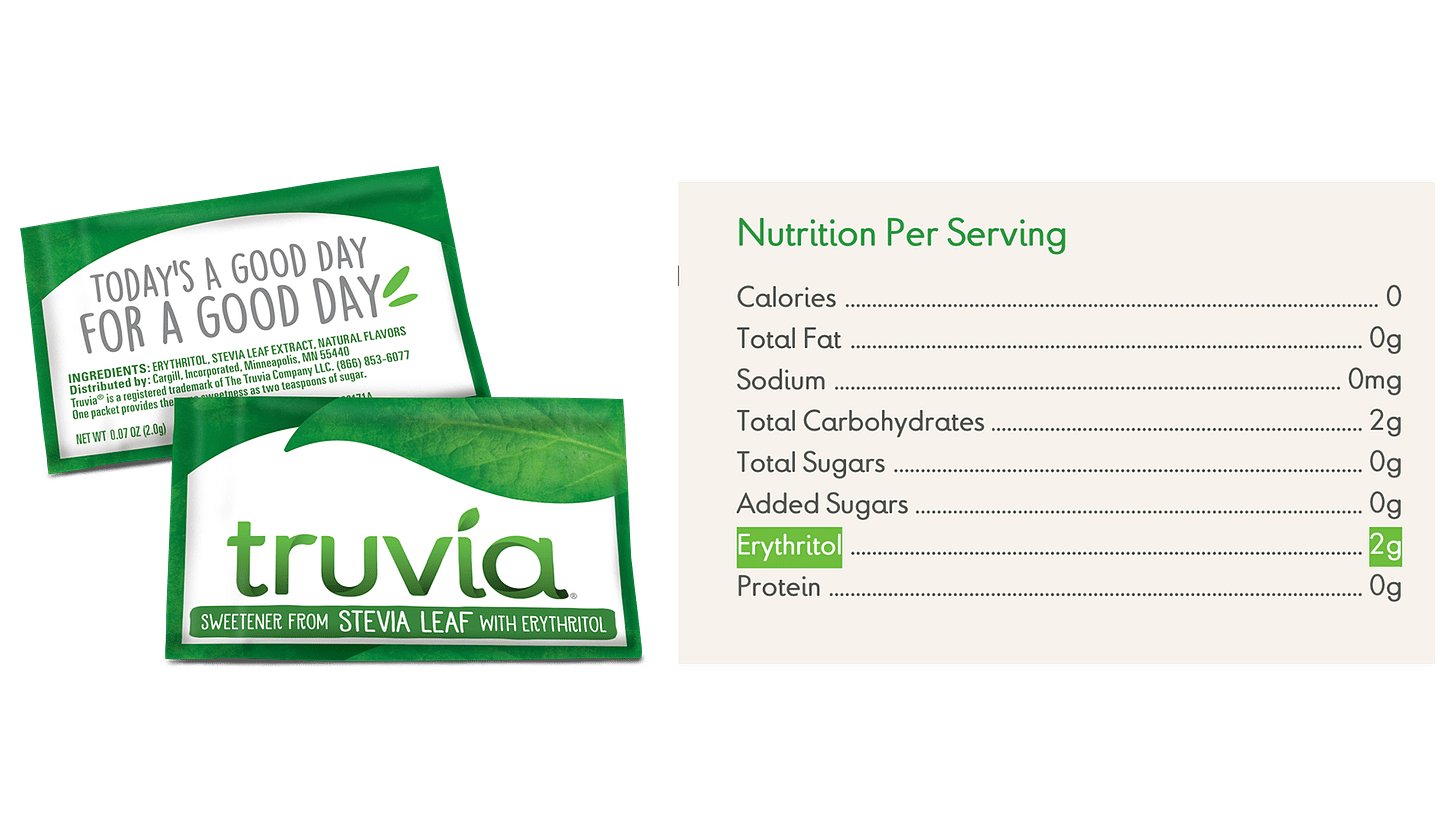
What about other erythritol-containing products?
Halo Top ice cream has 16g erythritol per pint.
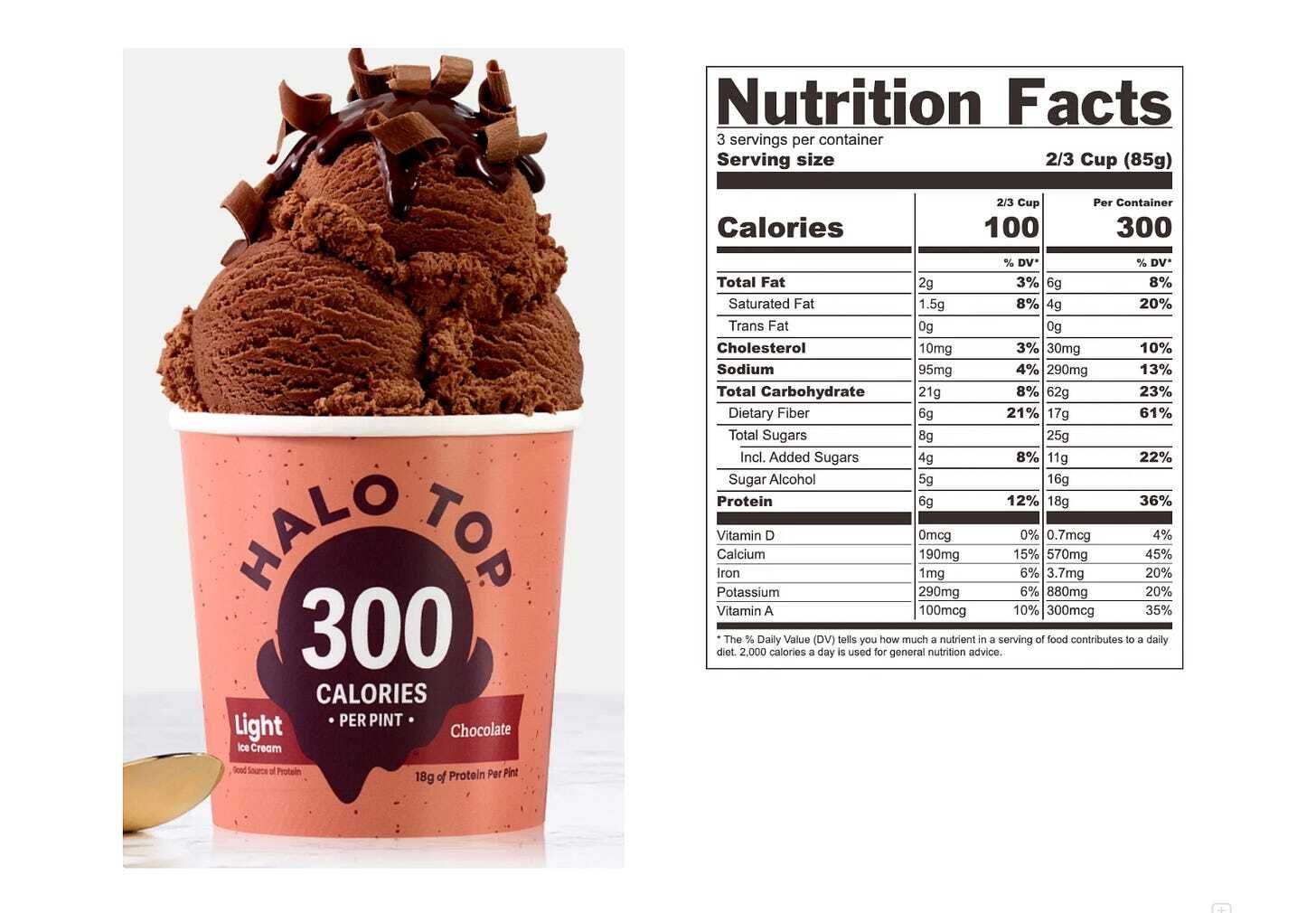
Lily’s Sweets Dark Choloate bars have 18g per 3oz chocolate bar.
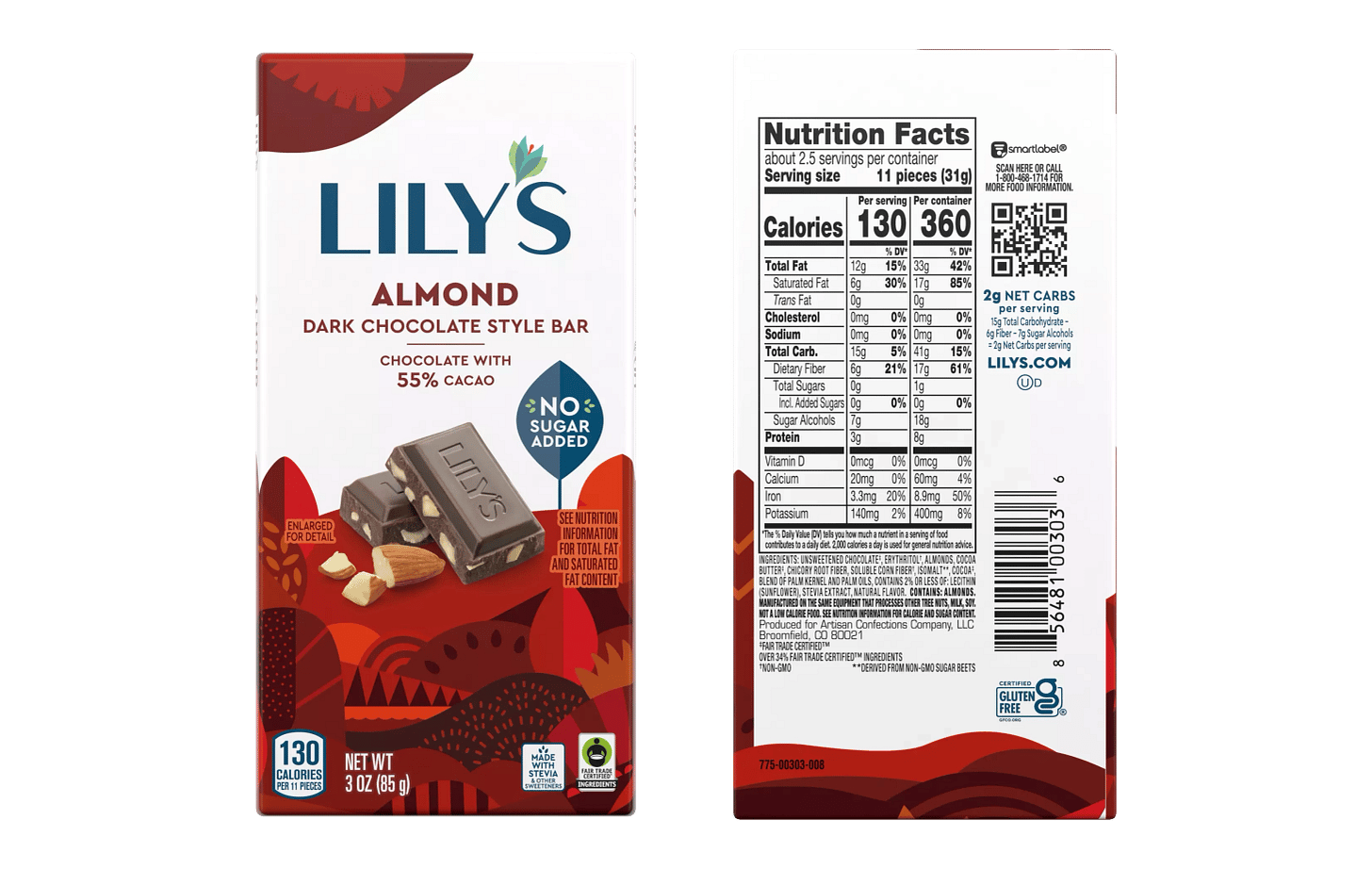
Quest protein bars have 5g per bar.

All of this clearly shows that it is possible for a person to consume 30 grams of erythritol in a single short period of time, but that would be far more of an outlier scenario than the “single can of soda” that the authors would have us believe.
Does Consuming 30g Erythritol Produce a 6 mM Concentration?
To come up with this equivalency, the authors cite these two studies conducted in 2023 and 2024 by Witkowski et al.
Both of these used a dose of 30g of erythritol and looked at plasma levels afterwards.
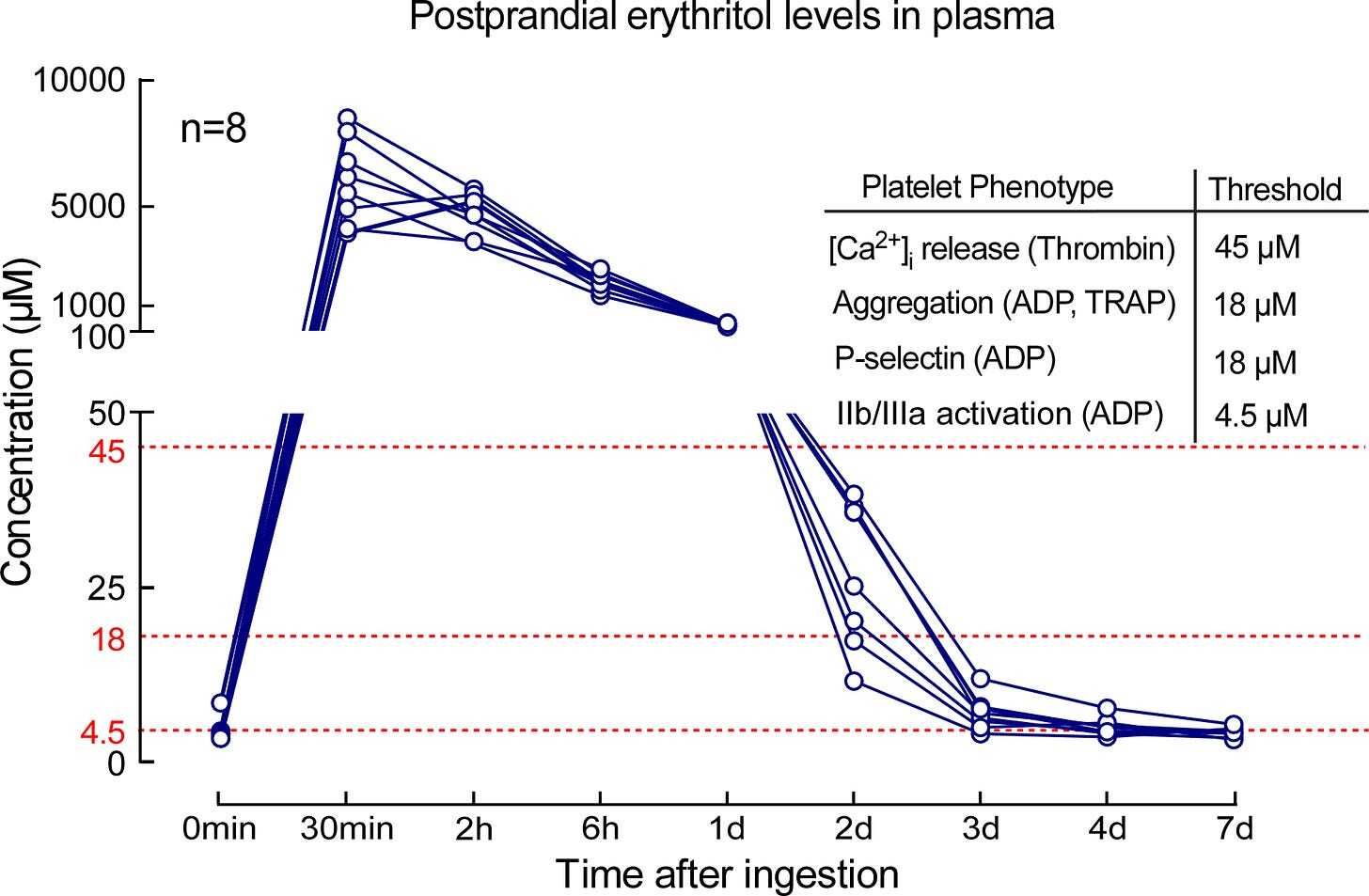
Study participants (n=8) were given 30 g of erythritol in a drink, and plasma levels were measured over the course of 7 days. Thresholds indicated (red) represent the erythritol concentrations noted in dose-response studies where significant increase in the indicated measure of platelet responsiveness was observed. doi: 10.1038/s41591-023-02223-9
In both studies, concentrations around 6mM were reached after 30 minutes. This would seem to support using that concentration in this present study.
However, note how the above plot uses a logarithmic scale– after just 3 hours, we can expect those levels to be below 6mM, but close enough that we could forgive it if this study used just 3 hours of exposure time!
But we just saw that it seems like they used 24 hours. The graph above shows that by 1 day, the concentration is only a few hundred millimolar, and it spends the majority of the time well below 6 mM.
This is supported by other human studies, such as one that showed 78% of ingested erythritol is excreted in the urine within 24 hours.
With the drop-off shown above, the concentration to which human cells would be exposed over 24 hours would be approximately one-third that of if it were at the full 6mM for the entire duration (assuming a first-order exponential decay).
The only way for someone to achieve a 6mM concentration of erythritol in their blood over a full 24 hours would be to consume 15-30g every ~90 minutes during this period.
What About the Blood Brain Barrier?
This study didn’t just look at normal human endothelial cells (the type of cells that form the inner lining of blood vessels). They specifically looked at “human cerebral microvascular endothelial cells (hCMECs).” Brain cells.
In order to “damage brain cells” and in the author’s words, “potentially contributing to the increased risk of ischemic stroke associated with erythritol,” the erythritol first has to pass the blood brain barrier–which is quite good at keeping things out.
The authors write:
it is important to note that erythritol does cross the blood-brain barrier and interact with the cerebrovasculature (47).
They reference this study by Anne Christin Meyer-Gerspach et al., which gave people 50g xylitol, 75g erythritol, or 75g glucose and then measured brain activity and blood flow using an fMRI scan, as well as blood samples to determine levels of CCK, PYY, insulin, and glucose. They found that erythritol did NOT impact cerebral blood flow in the hypothalamus (while xylitol increased it and glucose decreased it). Still, it did produce a “complex pattern of brain activation.”
What it did NOT measure, or comment on at any point, was erythritol concentrations in the brain, or whether or not it crosses the blood-brain barrier. The fact that it had some measurable impact on the brain means nothing–I could just as well say that a marble crosses the blood brain barrier because you can measure an impact on my brain when I swallow it.
This makes sense because to measure brain concentrations, you usually have to either take fluid samples or use radioactively labeled substances. For some reason, human volunteers typically shy away from this.
However, back in 1996 they did a study where they fed rats radioactively labeled erythritol. They found that the levels in the brain were only ~15% of those observed in the plasma, indicating that erythritol is not well absorbed across the blood-brain barrier.
If this ratio holds for humans, then only 0.9mM would be present at the hCMECs in the brain, rather than the 6mM used in this study
It should be noted, though, that hCMECs do make up a large part of the Blood Brain Barrier itself, and the authors theorize that increased oxidative stress and vasoconstriction could lead towards impairment of blood-brain barrier function and thus “contribute to greater cerebrovascular dysfunction.”
That being said, they didn’t directly test for that, and chronic‑feeding studies (up to 10 % of the diet for two years in rats) showed no histopathology or behavioral neurotoxicity, suggesting erythritol does not accumulate in neural tissue at dietary doses.
Bringing It All Together
Let’s recap what we’ve covered.
The study showed that the “brain cells” exposed to a continuous 6mM concentration of erythritol for 24 hours produced significant increases in measurable reactive oxygen species within the cell, as well as increased activity in the antioxidant system, indicating that said system was still being overwhelmed. It also showed a reduction in the cell's ability to break down blood clots and a shift in the balance towards blood vessel constriction.
News headlines read only the abstract, mistakenly reporting that these results occurred after only three hours of exposure, when the study itself said 24 hours. The abstract of the paper was in error.
Furthermore, it was assumed that this concentration would be analogous to a human consuming a can of erythritol-sweetened beverage, which is said to contain 30g of erythritol.
This was then extrapolated to say that normal dietary consumption of erythritol may lead to cardiovascular problems and increased stroke risk due to brain cell damage.
We showed evidence that:
Most dietary erythritol consumption is between 5 g and 15 g
Blood levels peak between 30 and 90 minutes after consumption and then drop off. The cumulative exposure over 24 hours would be ~1/3rd of that from the steady 6mM concentration used in the study.
Only ~15% of the erythritol in the blood crosses the blood-brain barrier, but the cells on the barrier itself would still get exposed to the full concentration.
This means that the dose used in the study was 6-18 times larger than what you would expect the blood-brain barrier cells to be exposed to from a typical serving of an erythritol-sweetened dessert, and 40-120 times larger than what normal brain cells would experience.
A key point to remember is that the body is rarely a linear system where any amount of a substance causes problems. Instead, it has many defense systems that can handle small doses of harmful substances with no long-term adverse effects. Only once the amount gets above a certain level do those effects start to accumulate.
Bottom Line: Is Erythritol Harmful?
We don’t know.
The observational studies linking it to an increased risk of cardiovascular events could have been identifying naturally produced erythritol as a marker of risk rather than externally consumed erythritol as a cause of increased risk (correlation ≠ does not imply causation).
There is some small evidence that high erythritol levels might lead to increased blood clotting.
There is no evidence in humans that normal dietary consumption of erythritol CAUSES an increased likelihood of cardiovascular disease or stroke.
However, absence of evidence is not evidence of absence, so this doesn’t mean there IS no causal relationship between erythritol and adverse health outcomes. Long-term controlled trials within the realm of nutrition are notoriously expensive to run and difficult to control and manage.
In the meantime, if you enjoy consuming erythritol-containing foods and use them as a way to stay happy while maintaining a lower overall caloric intake, I wouldn’t recommend throwing them away. Instead, I would simply be mindful of my consumption levels, viewing it as an occasional treat rather than a regular meal-replacement option.
If you want to be updated with all the detailed dirty deets when new evidence comes out, check out my Substack here!
Reply